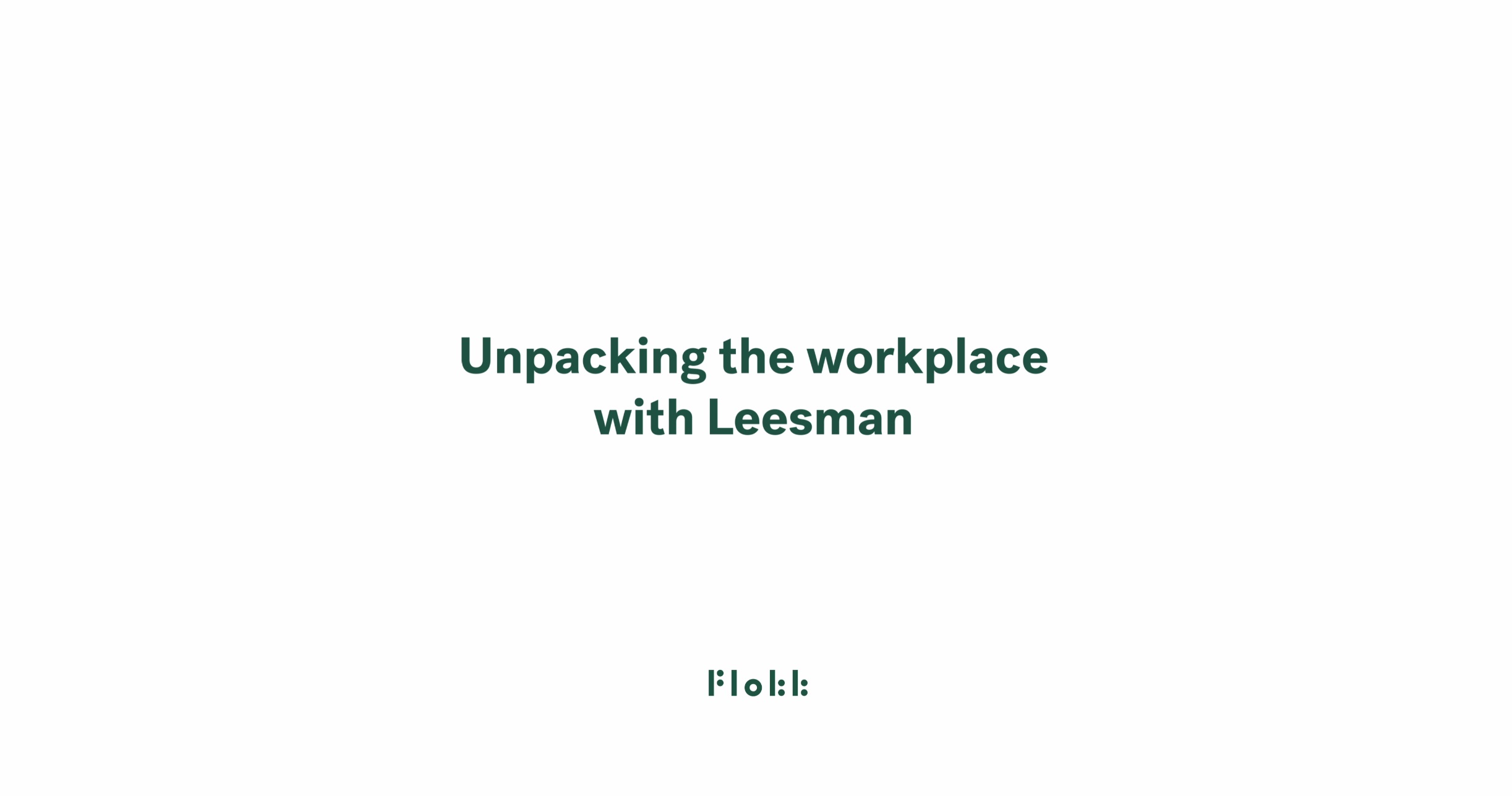How can companies use the data to impact workplace design?
The detailed survey provides an interesting perspective on how a workplace is performing, tangible evidence with which to base future design choices on, using the thoughts of all employees.
Tim; "Companies our data in all sorts of different ways. It might dramatically change the trajectory of a project, with one example I can think of;
A client managed to grab some more space in a building they occupied, they had grown quite considerably, another floor became available, they grabbed the floor as soon as it was available, and the theory was, they would just expand the teams back out again, relax the space occupation, or the occupant density of the space. But in asking the employees what they felt, that was the last thing they wanted, because they were really buzzing from being tightly packed in as these sort of communities that have built up through the success.
We changed the strategy, or the client changed the strategy as a result of the feedback so they used the additional space for meeting rooms, breakout space, restaurants and canteens, and ancillary accommodation, leaving teams all collectively embarking on that thing together on that one floor."
Read - Designing workplaces for collaboration - a roundtable discussion with Mix Interiors
Noise & Acoustics
With such a large database, the Leesman Index is able to not only pinpoint localised issues, but also highlight trends in the industry. One consistent factor, as Tim explains, related to noise disturbances and acoustics.
"One of the things that emerged very early on in the journey of collecting data, was that certain factors shine out, fairly consistently as being statistically linked to poor performance in workplace. Noise levels statistically are the strongest; an employee who is dissatisfied with noise levels is almost certainly going to be an employee who is not able to report that their workplace enables them to work productively."
"Although an employee might be dissatisfied with noise levels, it doesn’t mean that the space is too noisy. It might be that actually, it is too quiet, and there are certain disturbances. Think about the bell ringing on the lift door every time it opens, or maybe somebody who’s got a really annoying ring tone on their phone. The risk almost is quick diagnosis – diagnosis takes time, and it takes a thoroughness, and an investigation at a local level."
Specialised interior design
With so much data collected, is there a secret formula, which all workplaces can follow to achieve success? According to Tim, there is not. With each workspace having specific needs and working on specific tasks, true success is found in specialised workplace design, taking into consideration all the nuances found in a particular environment.




